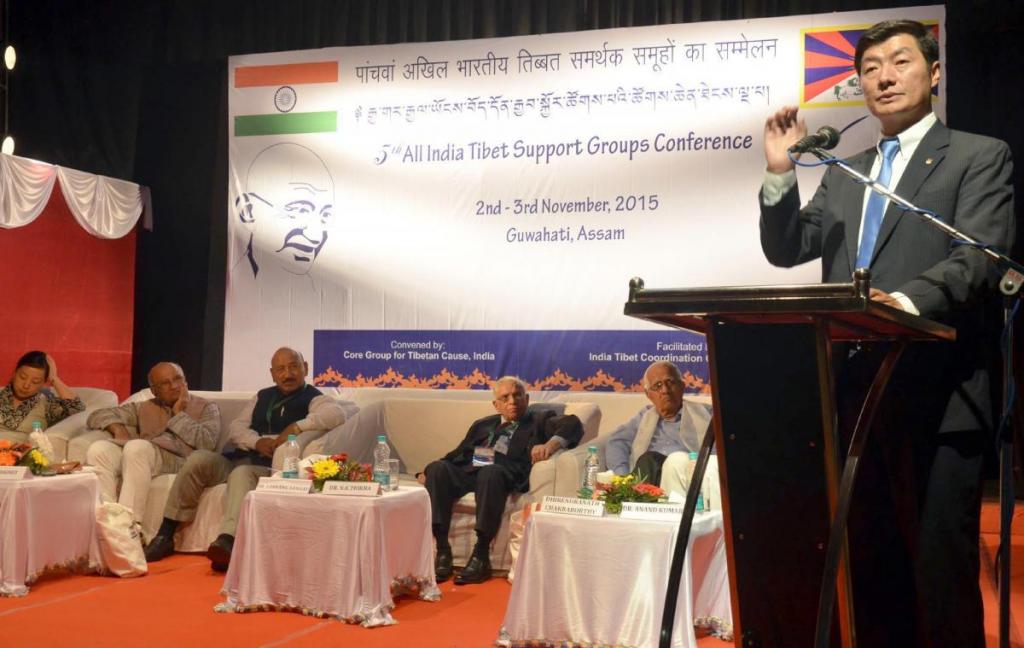
(TibetanReview.net, Nov04, 2015) – The fifth All India Tibet Support Groups Conference was held in Guwahati, capital of the northeast Indian state of Assam, over Nov 2-3 with the main focus on China’s environmentally destructive projects in occupied Tibet, especially the dams it has built or plans to build on the Yarlung Tsangpo river, known as the Brahmaputra in downstream India. Representatives of 182 Tibet advocacy groups from across India took part in the conference which also marked the 80th birth year of Tibet’s exiled spiritual leader, the Dalai Lama.
The Core Group for Tibetan Cause, which coordinates Tibet advocacy groups across India and organized the triennial meet, said the purpose of the conference was “to highlight the dim, ever growing repressive implementation of Chinese policies and the worsening situation of human rights situation inside Tibet”. It was also explained that the conference was also to focus on Sino-India relations in the context of the threats to the survival of Tibet’s identity. Within these framework objectives, the participants were to “deliberate, discuss and strategize on strengthening the Tibetan movement and Tibet Support Groups in India for the peaceful solution of the issue of Tibet.”
The executive head of the exile Tibetan Administration at Dharamshala, India, Sikyong Lobsang Sangay, gave the inaugural speech. He warned that China’s dam constructions in Tibet would have serious ecological and livelihood implications in downstream northeast India due to the alteration of the river’s flow, reported The Times of India Nov 2.
India had said earlier this year that, apart from the 510 MW Zangmu hydroelectric project, which it operationalized recently, China was planning three more hydropower projects on the Brahmaputra in Tibet.
A fact sheet on Tibet issued by the conference organizers cited research as indicating China had denuded timber worth $54 billion towards the end of 1985 from the forest reserves of Tibet. In Amdo Province (made up of most of Qinghai and part of Gansu provinces today) alone, nearly 50 million trees had been felled since 1955, with 70 per cent of its forests being cleared.


